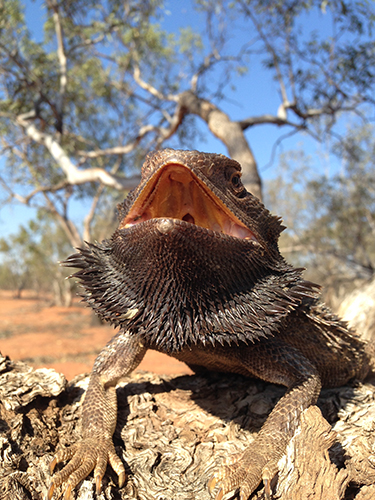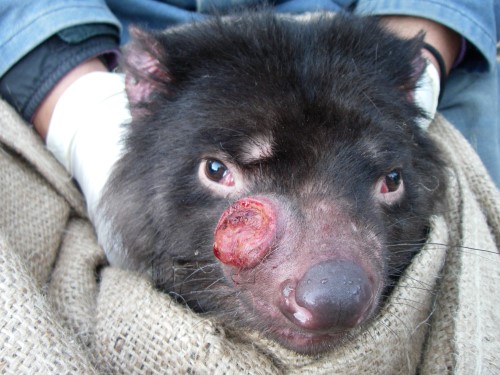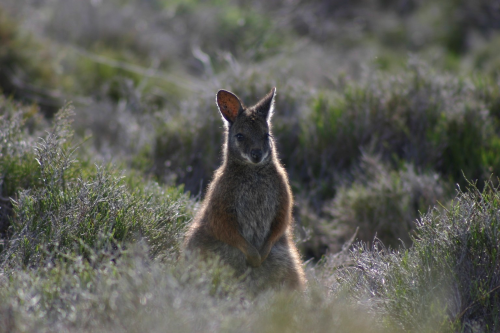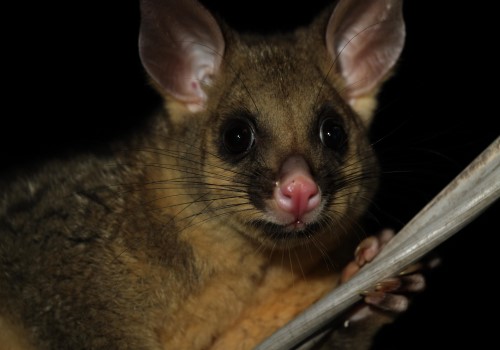Genetics and Genomics
Our genetics and genomics research brings the power of new DNA technologies to bear on central questions in ecology and evolution. We engage in detailed examination of epigenetic factors in plants and animals to unveil the mysteries surrounding the interaction of genes and the environment. By combining genetic and genomic analysis with whole organism and field studies we can discover the role genetic processes have in determining basic life histories and characteristics such as sex determination or disease resistance.
What we do:
- Fluorescence in situ hybridisation of chromosomes
- Chromosome mapping
- Comparative genome analyses of mammals and reptiles
- Epigenetic analysis of mammals and reptiles
- Genetic basis of diseases and disease resistance in wildlife
- High end computing and bioinformatics
- Spatial and genetic modelling
Our Facilities:
- Large epigenetics and epigenomics facility
- Cell culture and fluorescence microscopy facilities
- Separate pre and post PCR facilities
- Sample preparation in PC2 laboratories
- Frozen tissue collection for native and invasive vertebrates
- Animal holding facility
Find out more about genetics and genomics at the IAE please visit the Centre for Conservation Ecology and Genomics website.
Sex in dragons

The study is the first in the world to report male reptiles turning into females in the wild. They used molecular techniques to analyse the sex chromosomes of dragons, showing that the sex reversed females were genetically male. Furthermore, the sex reversed females were fertile and capable of producing viable offspring. The study has important implications for climate induced changes to population sex ratios.
Photo Credit: Stephen Sarre
Fighting the Tasmanian Devil Facial Tumour Disease

Research undertaken at the IAE tracks the evolution of the devil facial tumour as it spreads through the population. By revealing the genetic origins of the tumour, and tracking changes in the genome over time, scientists aim to discover what drives the evolution of the DFTD.
Photo credit: Rodrigo Hamede
Reconstructing ancestral marsupial chromosomes
 Chromosomes have undergone changes in gene arrangement throughout evolution. Determining these rearrangements within a group of animals provides insights into the role these changes played in the evolution of particular traits, and even how new species are formed.
Chromosomes have undergone changes in gene arrangement throughout evolution. Determining these rearrangements within a group of animals provides insights into the role these changes played in the evolution of particular traits, and even how new species are formed.
A team of IAE scientists determined the physical location of 242 tammar wallaby genes on their eight pairs of chromosomes. They used a technique that fluorescently tags genes, enabling their location on a chromosome to be visualised. The team compared this gene organisation to the South American opossum and predicted what the chromosomes of the ancestor of all marsupials would have looked like. The team also resolved the long standing question of how chromosomes it would have had – 14.
Photo Credit: Cathy Herbert
Pesky possums not welcome in New Zealand
 The Australian brushtail possum was introduced to New Zealandduring the 19th century, and is a major pest today. These possums are all currently classified as a single species, Trischosurus vulpecula, but with several recognised subspecies, including T. v. vulpecula (from the southern mainland) and T. v. fuliginosis (from Tasmania). A population genetic study by IAE scientists uncovered evidence of a hybrid zone that has formed in New Zealand between possums of these two origins.
The Australian brushtail possum was introduced to New Zealandduring the 19th century, and is a major pest today. These possums are all currently classified as a single species, Trischosurus vulpecula, but with several recognised subspecies, including T. v. vulpecula (from the southern mainland) and T. v. fuliginosis (from Tasmania). A population genetic study by IAE scientists uncovered evidence of a hybrid zone that has formed in New Zealand between possums of these two origins.
Understanding this interaction may be important for effective possum management. They may behave differently in response to baiting and there is evidence that susceptibility to the commonly-used poison sodium fluoroacetate is higher in possums of mainland origin.
Photo Credit: Anne Taylor

